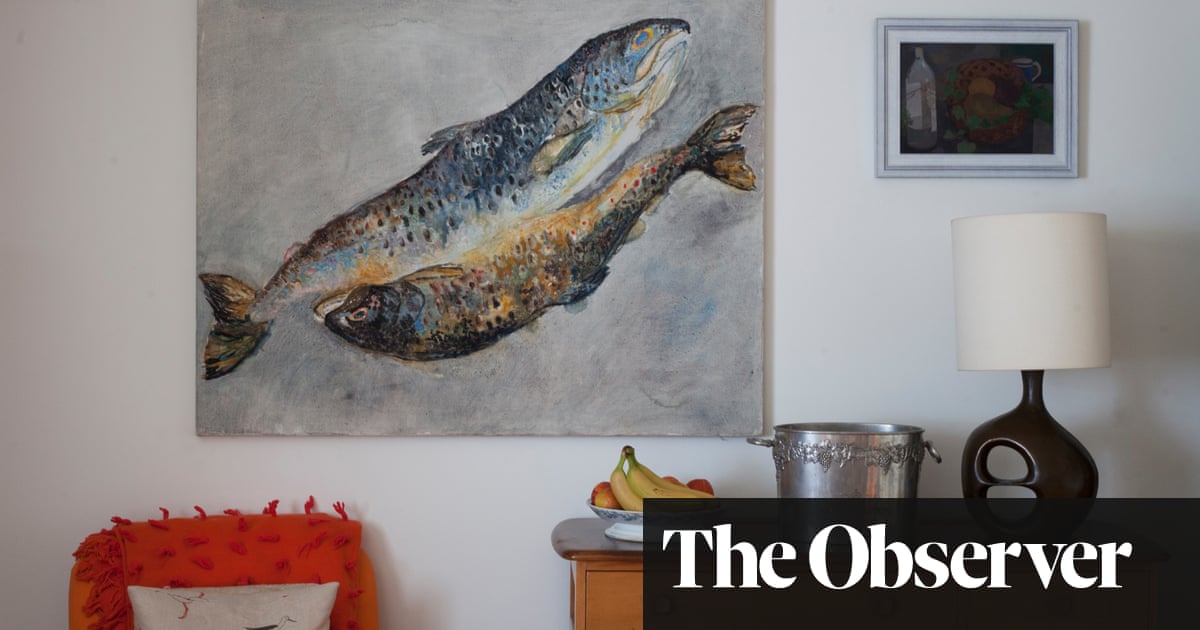No Lye
2012 - Film & Video (Film & Video)
8:48 minutes
Danielle Dean
No Lye by Danielle Dean documents a group of five women, including Dean herself, confined to a small, cramped bathroom, communicating only by using slogans culled from beauty advertisements (“beauty is skin deep”, “naturalise, it’s in our nature to be strong and balanced”) and quotes from political speeches (“we must protect our borders”, “we are fighting for our way of life and our ability to fight for freedom”). The result is a fragmented conversation that defies legibility. As sounds of a possible conflict rise from outside, the characters work together producing what looks like explosives from soap, towels, and an unmarked blue liquid. As the women implicate their own bodies into the narrative, the inherent gendered power in the vocabulary they are using is compounded. The rhetoric of beauty and politics become porous and interchangeable: both are attempting to control women’s bodies. The lye in the title references hair-relaxing chemicals primarily used by black women to straighten their hair, but also the duplicitous language in the film. A homophone of the word lie, it again points to the misleading propaganda we willingly submit to.
Danielle Dean creates videos that use appropriated language from archives of advertisements, political speeches, newscasts, and pop culture to create dialogues to investigate capitalism, post-colonialism, and patriarchy. Her work focuses on how subjectivity is constructed in relation to mass-marketed products, and how our behavior is molded by advertising. She also explores the dimensionality of materials and functions of technology through the lens of her own multinational background, and how they can be used as tools of oppression.
Colors:
Related works of genres: » california institute of the arts alumni
» see more

© » KADIST
Andrea Bowers
2015Bowers’ Radical Hospitality (2015) is a sculptural contradiction: its red and blue neon letters proclaim the words of the title, signaling openness and generosity, while the barbed wires that encircle the words give another message entirely...

© » KADIST
Andrea Bowers
2010The small drawings that comprise Study from May Day March, Los Angeles 2010 (Immigration Reform Now) and We Are Immigrants Not Terrorists are based on photographs taken at a political rally in downtown Los Angeles in which thousands of individuals demonstrated for immigrants’ rights...

© » KADIST
Mike Kelley
1996Towhead n’Ganga, enclosed in darkness, lorded over by the sexualized folded high priestless form reflects many of Kelley’s works, in both its compositional and semantic qualities...

© » KADIST
Edgar Arceneaux
2006Untitled (Wheelchair Drawing) is a ten-foot photo transfer of the image of a wheelchair with burning embers in its seat...
Other related works, blended automatically
» see more

© » KADIST
Danielle Dean
2016In 2003, Nike released a pair of red and black sneakers (the Dunk Low Pro SB ) that were marketed as “vampire” sneakers...
Related works sharing similar palette
» see more

© » ARTSJOURNAL
Fall in love with art: delight in collecting paintings | Painting | The Guardian Skip to main content Skip to navigation Advertisement Fall in love with art: delight in collecting paintings Where it all began… This painting of two salmon by Julie Brook was Rachel Cooke’s first foray into art collecting...
Other works by: » Danielle Dean
» see more

© » KADIST
Danielle Dean
2016In 2003, Nike released a pair of red and black sneakers (the Dunk Low Pro SB ) that were marketed as “vampire” sneakers...

© » KADIST
Danielle Dean
2017In True Red Ruin (Elmina Castle) , Danielle Dean uses archival documents to re-imagine colonial history from the 1400s, while also referencing her own personal history...

© » KADIST
Danielle Dean
2015Hexafluorosilicic acid is a type of sodium fluoride waste product that can be found in a large amount of widely available products such as cleaning fluids, toothpaste, rat poison, and drinking water...
Related works found in the same semantic group
» see more

© » KADIST
Mary Reid Kelley
2011In the video The Syphilis of Sisyphus (2011), Reid Kelley transported her heroine to the French demimonde...

© » ARTS EQUATOR
Alternative Lessons for Women: Sonia Kwek and Tan Weiying on sex, desire and the erotic | ArtsEquator Thinking and Talking about Arts and Culture in Southeast Asia ArtsEquator Viewpoints Charmaine Poh March 17, 2021 By Aditi Shivaramakrishnan Adapting its title from Lessons for Women << 女诫>>, a text by the first known female Chinese historian, Ban Zhao, Alternative Lessons for Women is a double-bill of two solo works: Hymen Instinct created and performed by Sonia Kwek and What? That’s It? created and performed by Tan Weiying...





